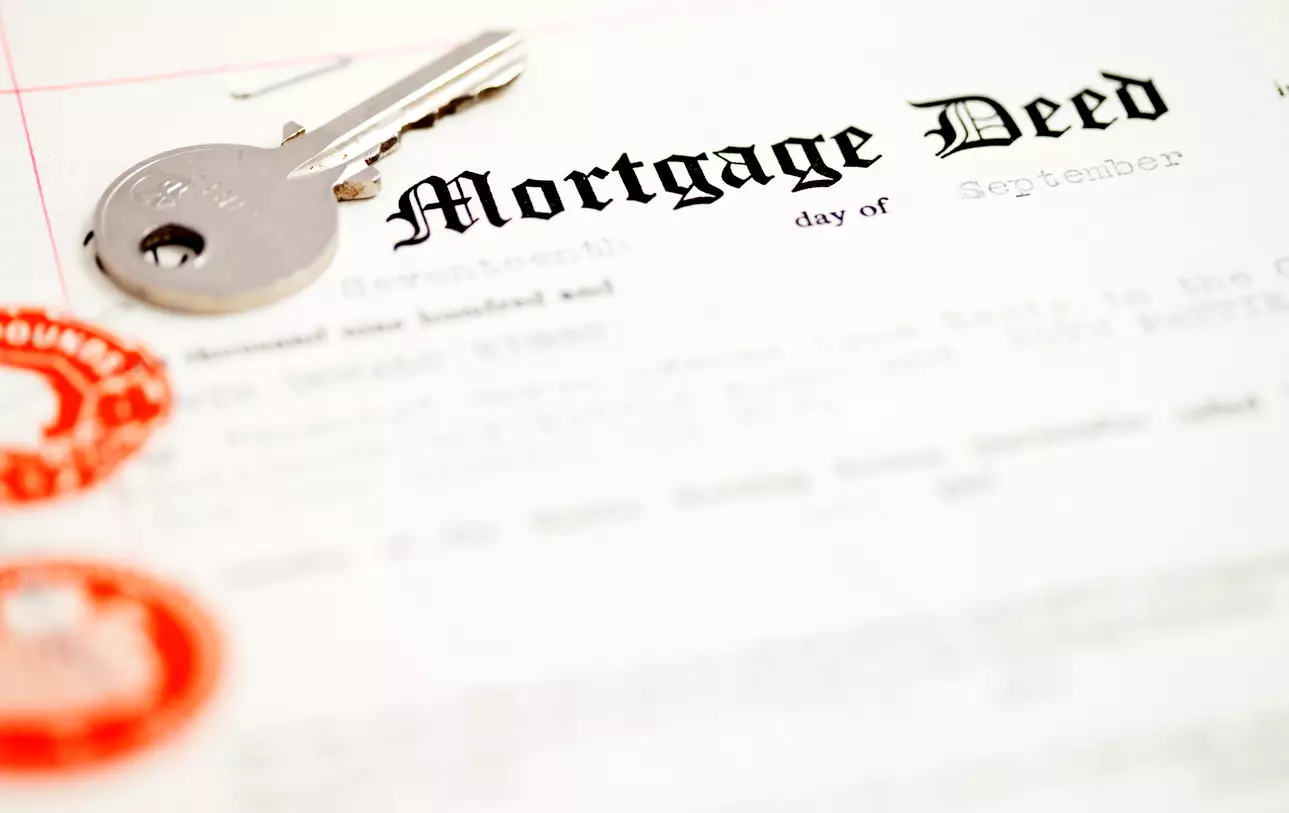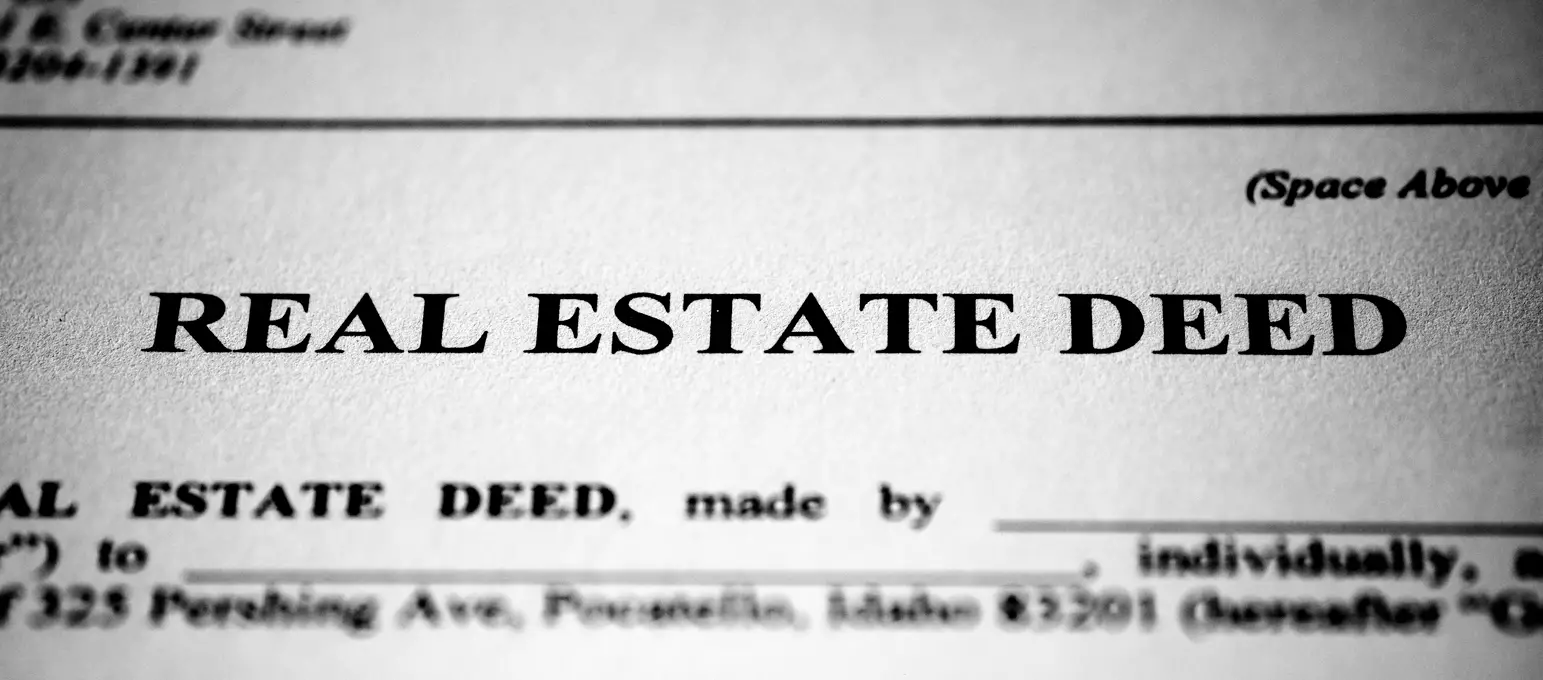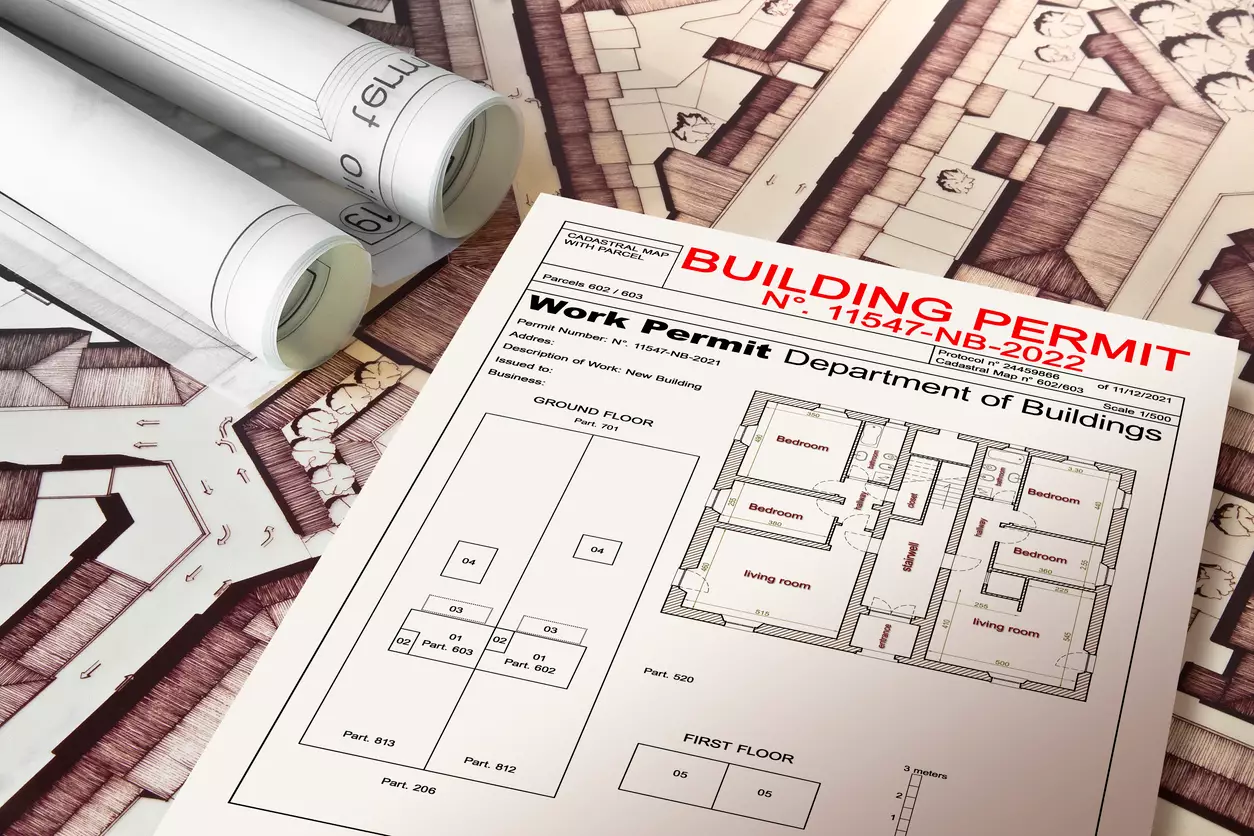Do You Need a Co Ownership Home and How It Works

Table of Contents
- Do You Need a Co Ownership Home and How It Works
- How Does Co-Ownership Work
- Common Co-Ownership Structures
- Benefits of a Co-Ownership Home
- Affordability and Lower Upfront Costs
- Shared Ongoing Expenses
- Access to Better Property Locations
- Flexibility for Investors
- Risks and Challenges to Consider
- Co-Ownership vs. Traditional Ownership
- Is a Co-Ownership Home Right for You?
With the rise in housing costs globally, most buyers are considering alternative models to make ownership accessible. One good solution is a co-ownership house, where two or more parties share ownership of one property. This arrangement allows family, friends, family members, or investment partners to split costs, pool resources, and invest in real estate. Though co-ownership has significant advantages like affordability and sharing responsibilities, it also has a downside. Financial commitments and joint decision-making can be an issue.
How Does Co-Ownership Work
Co-ownership is a legal and financial setting where different parties hold the title to a property. Here, the framework is specified in a co-ownership agreement, defining each owner's responsibilities, rights, and financial obligations. The share ownership may be equal or unequal between the two partners. This could be skewed 70 to 30 if one of the parties contributes more to the down payment.
Shares may determine equity distribution, profit splits if the estate is sold, and how significant decisions are made. From a financial perspective, co-owners can secure a mortgage with joint liability or give separate funds, though it would depend on the agreement. One main element of co-ownership is cost-sharing, where insurance, mortgage payment, property taxes, and maintenance are divided into ownership stakes or a prearranged type of plan.
Most agreements have a joint account for shared expenditure to ensure transparency. Duties can also be assigned according to availability, though disputes can be mitigated by hiring a third-party manager. Exit strategies are also essential for one to avoid conflict. One way to approach this is a buy-out clause. Here, one owner purchases another’s share at market value rates. Right of first refusal is also an option, offering owners priority if one wants to sell.
A forced sale requiring unanimous consent to sell the property may also be considered. Some agreements include mediation clauses to resolve disputes. Through clarifying the terms in advance, the co-owners may protect their investments to maintain a good partnership.
Common Co-Ownership Structures
When going into a co-ownership arrangement, the choice of legal structure is essential because it determines exit flexibility, financial obligation, and ownership rights. The most common models include Fractional Ownership, Tenancy in Common (TIC), and Joint Tenancy. Each of these comes with distinct benefits and drawbacks.
TIC is where two or more parties have unequal ownership shares. This can be 60 to 40 or 70 to 30, reflecting different financial contributions.
Co-owners may also sell or transfer shares without getting consent from others, and there is no right of survivorship. This means that if one of the owners passes away, the share goes to the heir rather than the co-owner. It will offer some flexibility, though there may be complications if the heirs or the new buyers disrupt the original agreement. Joint Tenancy, on the other hand, means equal ownership of shares and a right of survivorship. This automatically transfers the deceased person’s share to the surviving parties or owners.
It removes the need for probate but restricts plans of inheritance. It also requires that the owners agree on major changes or sales that need to be made. Married couples or long-term partners typically use this method. Fractional ownership is also an option for vacation homes or luxury-type properties. Here, multiple buyers purchase a share and schedule the use for the year. A management company would be in charge of maintenance, though the costs are high, and usage disputes can arise.
At a glance, Tenancy in Common has flexible shares but potential heir issues. Joint tenancy also offers a clean transfer during death, but less financial customization. Fractional ownership has hassle-free shared vacations but reduced personal use. Choosing the proper structure will depend on the co-owner’s objectives, financial contribution, and long-term plans.
Benefits of a Co-Ownership Home
Co-ownership is an innovative approach to modern housing issues that provides practical and strategic advantages, improving homeownership. This especially benefits investors, first-time buyers, and those looking for premium locations without bearing the full costs.
Affordability and Lower Upfront Costs
The most significant advantage, though, is reduced financial barriers to entry. Through splitting the down payment, the co-owners may qualify for better terms and buy properties that would be financially inaccessible. This shared responsibility also allows the buyers to enter the market much sooner without risking significant personal capital.
Shared Ongoing Expenses
Aside from the initial buy, co-ownership distributes the burden of recurring costs such as insurance premiums, mortgage payments, property taxation, and maintenance fees. This approach not only makes monthly pay more manageable but also offers safety in case of unexpected repair, as the costs are divided among the relevant parties.
Access to Better Property Locations
Co-ownership breaks the geographic barrier by allowing individuals to pool their resources for properties within good locations. Single buyers can be priced out of the typically desirable neighborhoods, but multiple owners can afford these assets. It improves the quality of life and leads to higher property appreciation.
Flexibility for Investors
Investors gain a unique advantage by using co-ownership structures. The fractional ownership models also allow participation in commercial or luxury properties by offering lower capital requirements. Partners can also leverage expertise, as one may handle property management while others give the funding. Some arrangements even permit the rotation of use rights and staggered timelines for investment. This flexibility can make co-ownership great for testing new markets.
Risks and Challenges to Consider
Though co-ownership comes with many benefits, it may also come with pitfalls that need careful consideration. Disagreements between the co-owners may emerge following property usage, financial contributions, maintenance obligations, and property use. This facilitates communication and co-ownership agreements.
Complications can also arise when one of the parties wants to sell, especially if others disagree or when markets are not favorable. Without a predefined exit strategy, the dispute over valuation or buyout can strain the relations. The other large risk involved is financial instability. If one of the owners defaults on their share, the remaining owners may have to cover that individual’s share. This may damage their overall credit, especially if they are not liquid enough to cover that shortfall.
Similarly, co-ownership brings legal complexity, considering shared property rights and jurisdictional regulations may cause complications in the transactions and processes of dispute resolution. The best way to mitigate these risks is for the co-owners to consult legal and financial experts to assess all terms.
Co-Ownership vs. Traditional Ownership
When deciding between traditional sole ownership and co-ownership, the buyer ought to weigh various factors, such as control, cost, exit flexibility, and legal structure.
|
Factor |
Co-Ownership Home |
Traditional Ownership |
|
Cost |
Lower upfront costs, like shared payments |
High individual financial obligation |
|
Control |
Shared decision-making, which needs agreement |
Full autonomy over the property decisions |
|
Legal structure |
Complex structures, including joint tenancy or Tenancy in common agreements |
Simple with a single owner |
|
Exit Process |
Requires buyout clauses or a unanimous sale |
Straightforward sale or refinancing |
Co-ownership homes make the most sense if affordability is the priority. It can also be when purchasers want access to high-value options by combining resources. This approach is also ideal for investors looking to diversify without exposing themselves financially or when families purchase homes together. That said, traditional means of ownership are better for those who prioritize full control and plan to live in the property long term.
The choice depends on the person's financial situation, lifestyle, and objectives. It is important to consider how each ownership model best aligns with one’s needs. Those who value community may benefit from co-ownership, considering the social advantages. There is also built-in support for property maintenance, though it also needs a high level of trust and communication. Typical sole ownership is very financially demanding but offers stability and freedom.
Is a Co-Ownership Home Right for You?

It's important to carefully consider whether a co-ownership home is the right thing to do. Factors such as financial state, risk tolerance, and lifestyle should all be accounted for. The fundamental question owners should ask themselves is whether they can trust their co-owners. That is, if they are aligned concerning expenses, property usage, and long-term agenda. Consideration and discussions should be conducted on what happens if there is a sudden need for one of the parties to sell their share of the property.
A comprehensive and well-done agreement is essential. It would outline the decision-making process, ownership shares, and exit strategies, such as the burnout clauses, if possible. These are necessary to prevent disputes. The model works in particular scenarios, including high-cost urban markets. This is where buying properties solo is not affordable. It also functions for vacation homes shared among families or investment properties where the partners must pool capital.
It is ideal for first-time home buyers who want to build equity. If the owners would rather prioritize control or react a certain way toward life changes, traditional ownership can be safer. Ultimately, co-ownership may be a strategic approach to homeownership. If one chooses the right partners and structures the agreement appropriately, it may yield favorable results.
Co-ownership offers a practical and strategic solution to overcome the high financial barriers of traditional homeownership, particularly in competitive markets. While it requires mutual trust, clear agreements, and aligned goals among all parties, it can be a rewarding path to equity building and property access when structured thoughtfully.
Search Property & Deed Records
Table of Contents
- Do You Need a Co Ownership Home and How It Works
- How Does Co-Ownership Work
- Common Co-Ownership Structures
- Benefits of a Co-Ownership Home
- Affordability and Lower Upfront Costs
- Shared Ongoing Expenses
- Access to Better Property Locations
- Flexibility for Investors
- Risks and Challenges to Consider
- Co-Ownership vs. Traditional Ownership
- Is a Co-Ownership Home Right for You?
Related Articles
Recent Articles
-
![]() Best Real Estate Markets to Invest in 2025 for Maximum Returns
Best Real Estate Markets to Invest in 2025 for Maximum Returns
-
![]() What Is Appraised Value and What Does a Property Appraiser Do?
What Is Appraised Value and What Does a Property Appraiser Do?
-
![]() What Is a Property Deed Transfer and How Does It Work
What Is a Property Deed Transfer and How Does It Work
-
![]() Everything You Need to Know About Building Permits in Florida
Everything You Need to Know About Building Permits in Florida
-
![]() Everything You Need to Know About Commercial Property Insurance
Everything You Need to Know About Commercial Property Insurance










